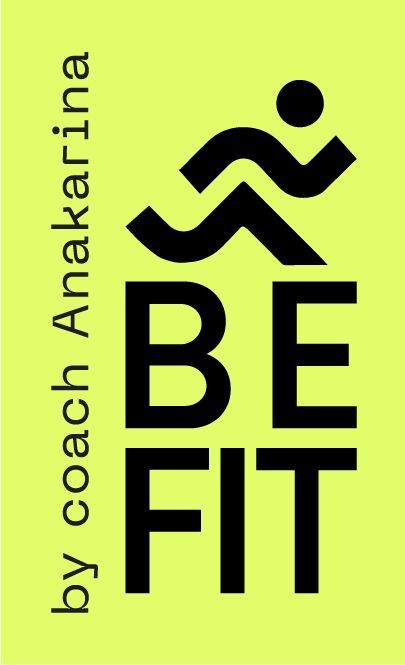Running Warm Ups: Unlocking Strength, Speed, and Injury-Free Miles
You know the feeling. You lace up your shoes, tighten your ponytail or adjust your cap, step outside with your playlist ready... and then, you just take off running. It feels good for a moment—until mile two hits and your legs feel like bricks, your breathing is off, and your calves start tightening.
Many runners skip the warm-up. We think, "I’ll ease into it," or "I don’t have time today." But here’s the truth: warming up isn’t just for elite athletes or structured training days. It’s the foundation of a strong, sustainable, and injury-free running life.
I used to skip my warm-ups too. I was always in a rush. But after countless runs cut short by tight hamstrings or a lingering ache in my hip, I realized that the problem wasn’t in my stride—it was in how I started.
If you want to run lighter, breathe easier, and enjoy your runs from the first step to the last, a proper warm-up can change everything.
In case you’re new here, I’m Ana Karina, your endurance coach and founder of BeFit Runners. Whether you’re training for your first 5K or building toward your next marathon, I’m here to help you run smarter, feel stronger, and love the process.
Why warm-ups matter more than you think
Running is repetitive. Step after step, your muscles, tendons, and joints absorb impact. Without preparation, you’re throwing cold muscles into high demand—and that’s how tightness turns into strain, and enthusiasm turns into fatigue.
Warming up is more than just tradition. It increases blood flow, improves flexibility, primes your nervous system, and allows your brain to settle into rhythm. More importantly, it teaches your body: “We’re about to move with purpose.”
Skipping it? That’s like starting a race without tying your shoes.
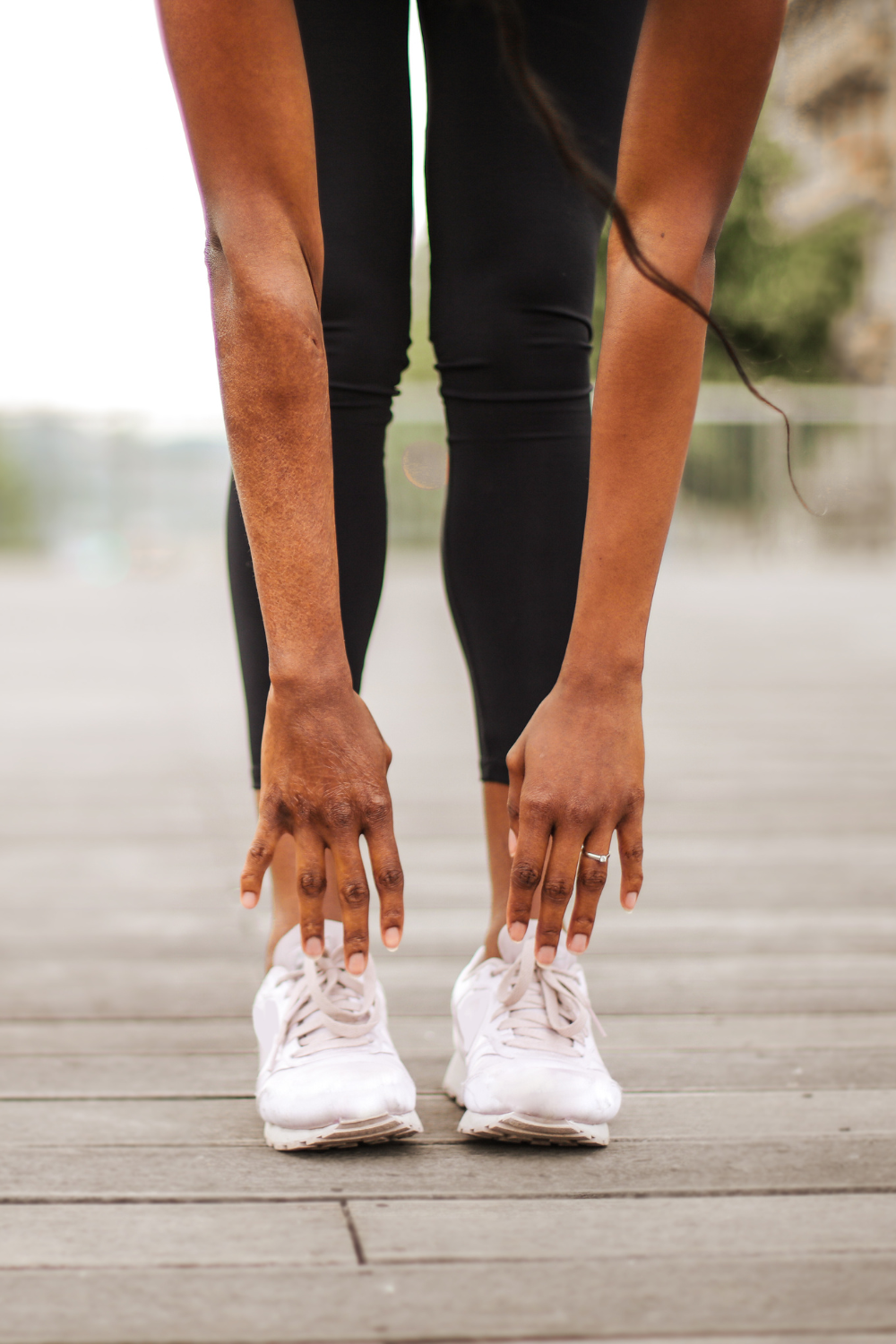
What are good warm-ups before running?
There are three essential elements:
1. Light cardio to awaken your system
Start with 5–10 minutes of easy movement to raise your heart rate and bring warmth to your muscles:
- Jog or march in place: Lift your knees gently and swing your arms, keeping a steady rhythm.
- Heel digs: Step forward one foot at a time, digging your heel into the ground and flexing your toes upward.
- Knee lifts: Raise one knee at a time toward your chest while standing or marching in place.
These movements ease your body into motion without sudden impact.

2. Dynamic stretches to increase mobility
Keep moving while targeting flexibility:
- Leg swings: Stand next to a wall or sturdy object. Swing one leg forward and back 10 times, then switch sides. Repeat side-to-side swings to open your hips.
- Hip openers: Lift your knee and draw a wide circle outward as if stepping over a hurdle. Repeat 5–8 times on each side.
- Shoulder rolls and arm circles: Roll your shoulders forward and backward, then make wide circles with your arms.
- Butt kicks: Jog in place, bringing your heels up to touch your glutes.
- High knees: Jog in place while lifting your knees toward your chest, keeping your core engaged.
- A-skips: Skip forward with high knee lifts and a quick rhythm. This builds coordination and engages key muscles.
- Walking lunges: Take a step forward and drop into a lunge. Keep your front knee over your ankle and back straight. Alternate legs for 8–10 reps.
- Squats: Stand with feet hip-width apart, bend at the knees and hips to lower down, then return to standing.
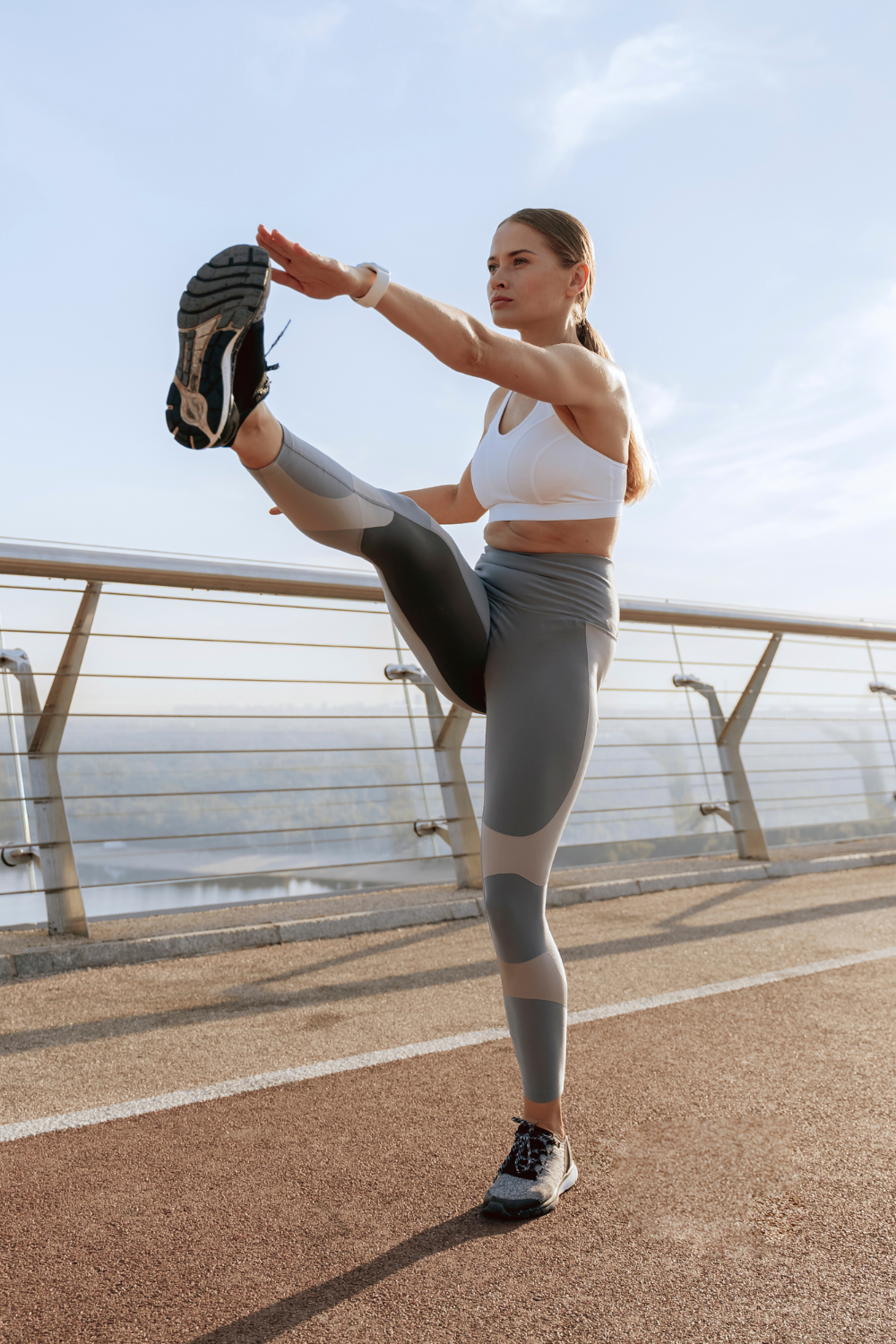
3. Running drills to improve form and power
- Heel to butt: While standing or jogging, bring your heel toward your glutes, alternating legs. This activates the hamstrings.
- Knee to chest: Pull one knee up to your chest while standing, hold briefly, then switch legs.
- Hip rotation: Place hands on hips and rotate in wide circles to loosen the lower back and hips.
- Forward skip: Skip with exaggerated movements—lift your knees high and drive through your toes.
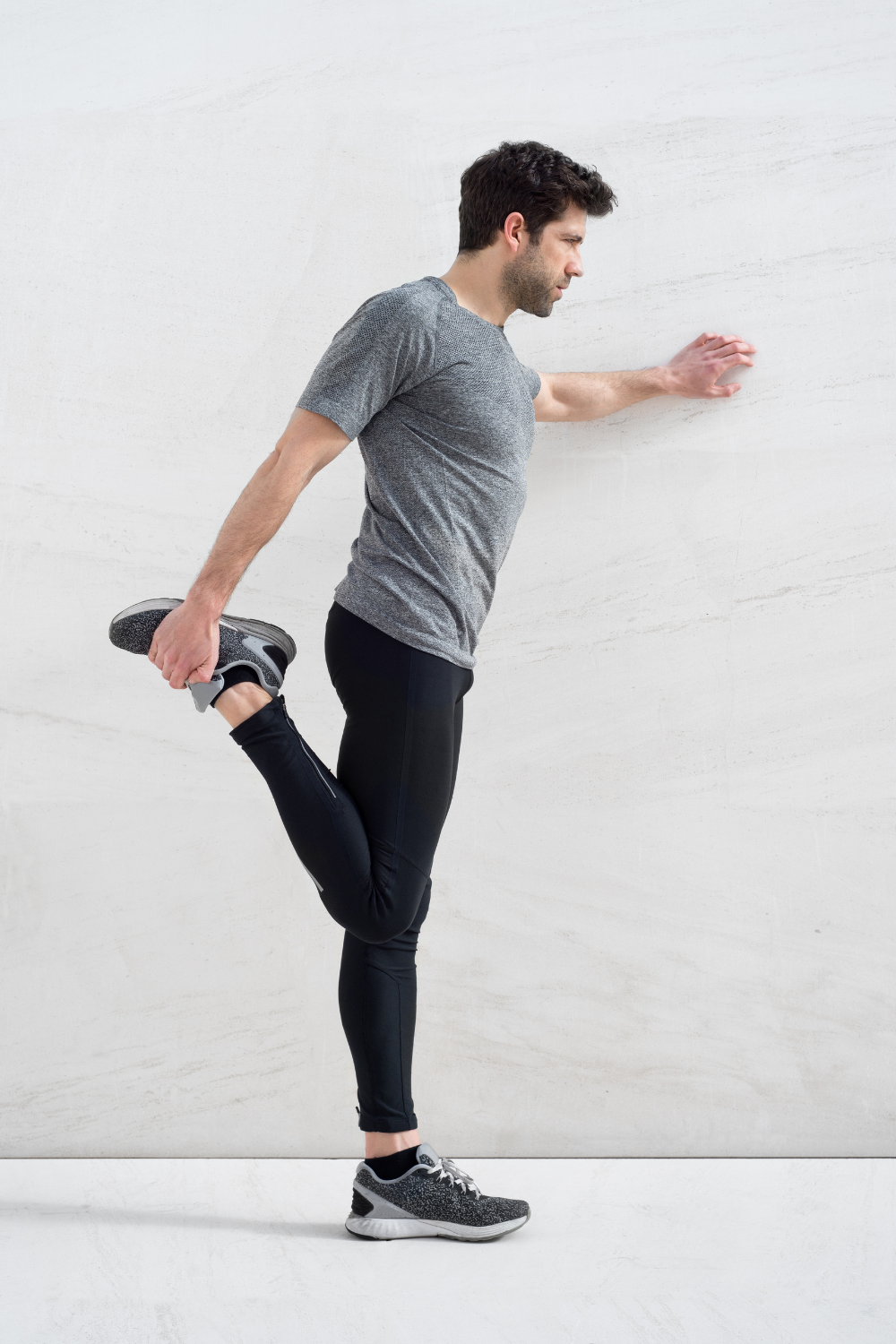
Warm up exercises for running
Want to follow along and feel the difference? This video demonstrates a dynamic warm-up sequence you can use before any run. It includes:
- Lunges: Step forward and bend both knees to 90 degrees. Keep your chest upright. Alternate legs.
- Leg swings: Hold onto a wall or railing and swing one leg at a time forward/back and side-to-side.
- High knees: March or jog in place, bringing knees up toward the chest.
- Squats: Lower your hips as if sitting in a chair, keeping your chest lifted and knees over ankles.
- A-skips: Skip with high knees and rhythm, focusing on form and lightness.
- Arm circles: Extend arms sideways and make small to large circles in both directions.
- Butt kicks: Jog in place, bringing heels toward your glutes with quick, light motion.
- Jogging: Light jog to elevate heart rate and settle into your stride.
- Shoulder rolls: Roll shoulders forward and backward to loosen tension.
- Mountain climbers: In plank position, drive knees toward chest one at a time in a fast, controlled manner.
- Walking lunges: Step and lunge forward, alternating legs.
- Marching: Exaggerated arm swing and high knees as you march forward.
- Quad stretch: Stand on one leg and pull your opposite foot to your glutes.
- Heel digs: Extend one leg forward and dig the heel into the ground while flexing the toes.
- Hip opener: Lift your knee and open it outward in a controlled, circular motion.
Each exercise adds a layer of readiness to your body—physically and mentally.
How long should a running warm-up be?
There’s no perfect number, but most runners benefit from 8–12 minutes of intentional warm-up. Here’s how to break it down:
- Easy runs: 5 minutes of walking/jogging + 3 minutes of light stretches
- Long runs: Extend the warm-up to 10+ minutes with more dynamic movements
- Speed or interval workouts: Add drills like skips, strides, and high knees to fire up your nervous system
- Race day: Focus on routine—use what’s familiar and grounding, especially if nerves are high
Warm-ups are personal. You’ll learn what your body responds to best.
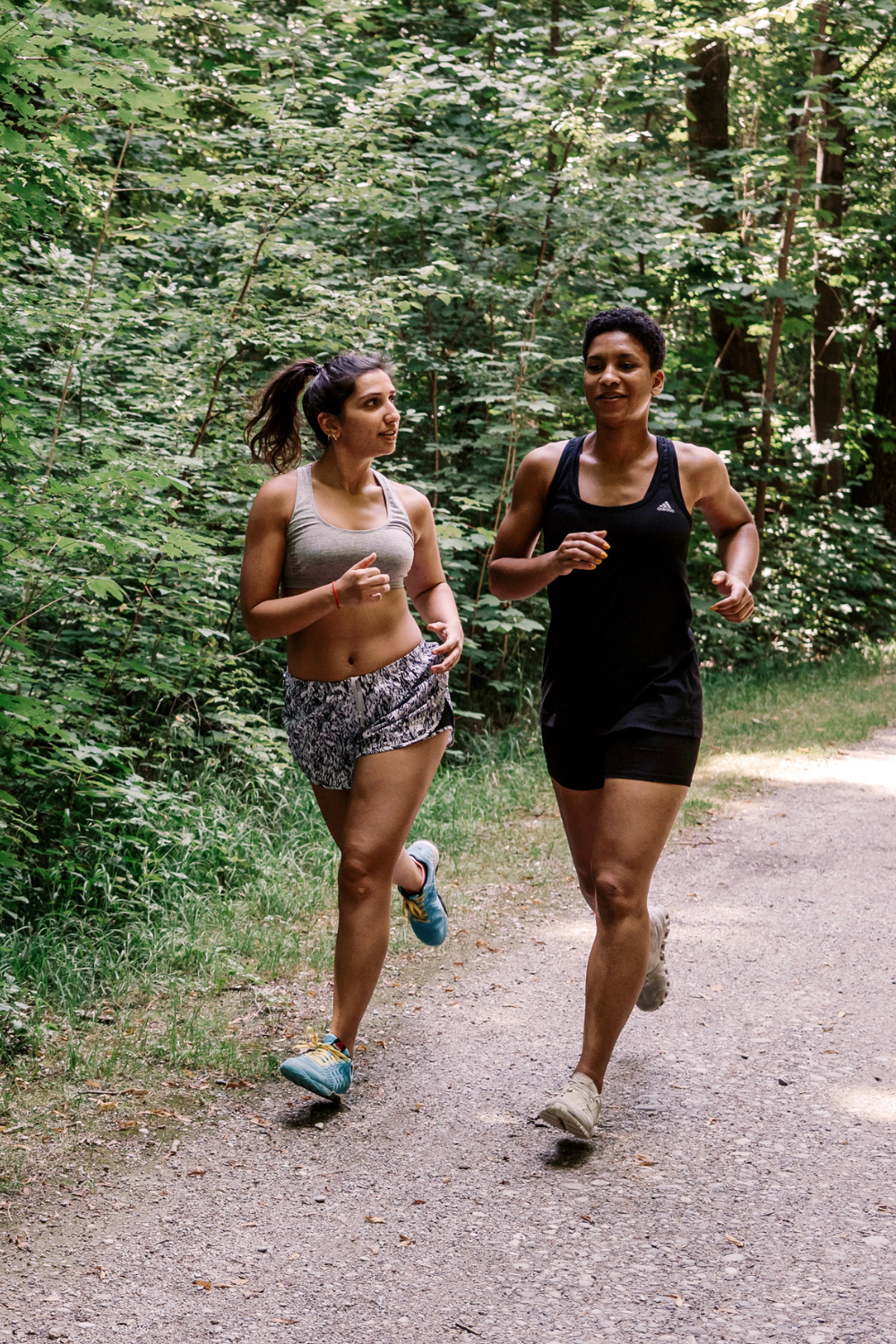
Is a 5-minute run a good warm-up?
Short answer? Sometimes.
Jogging slowly for 5 minutes is better than nothing—it raises your core temperature and gets blood moving. But it doesn’t replace dynamic movement or form drills. Use it as the first step, not the only one.
When paired with 3–5 minutes of mobility work, it becomes a complete warm-up.
Is it OK to run without warming up?
Sure. It’s also OK to drive a car without warming up the engine on a winter morning. But it won’t run well for long.
Running without warming up may feel fine in the moment, especially for young or flexible runners. But over time, it contributes to:
- Increased risk of soft-tissue injuries
- Poor running form
- Longer recovery times
- Missed training days from minor setbacks
As a coach, I see it all the time: runners plateau because their training breaks down from within. Warming up is how you stay consistent. And consistency wins races.
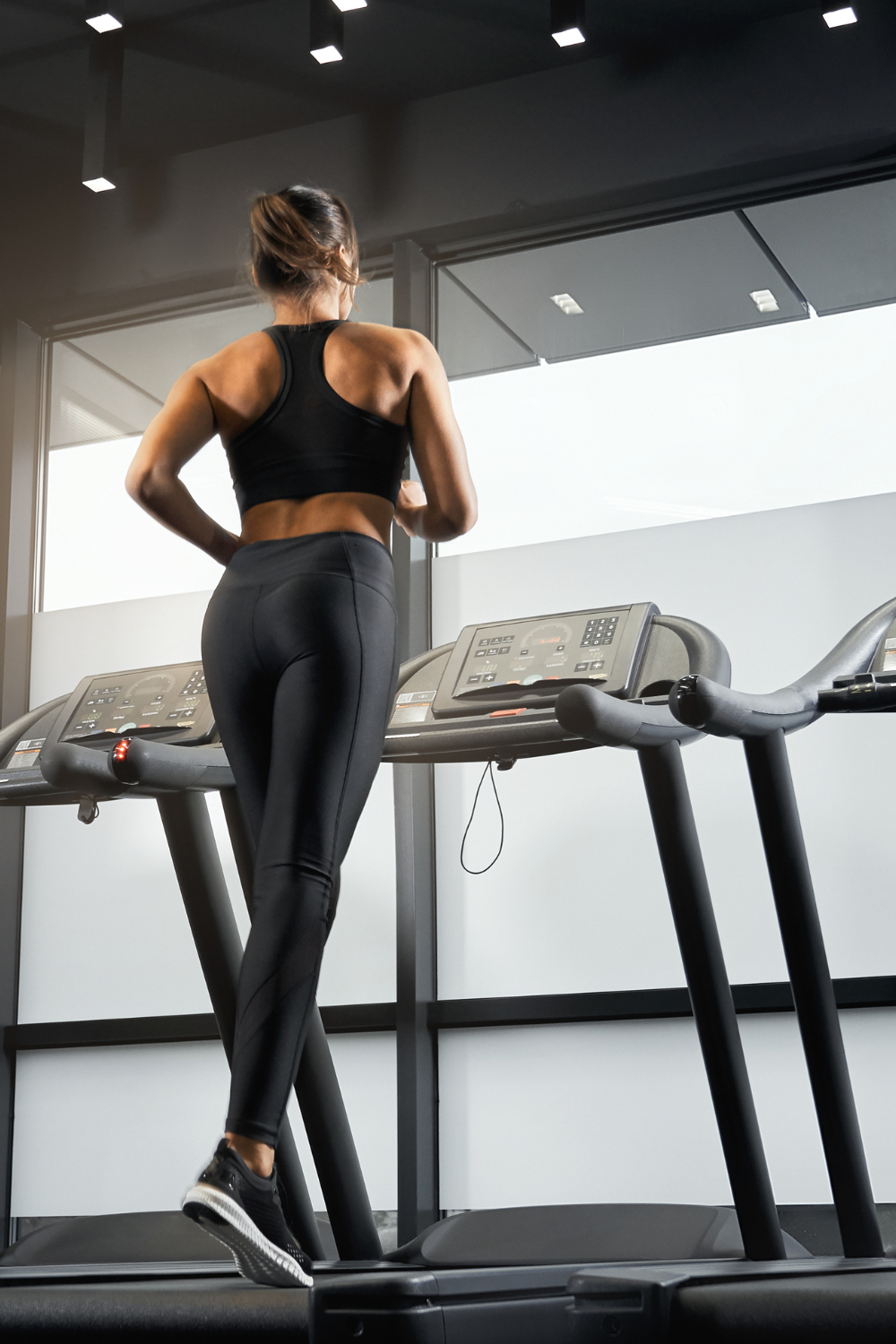
Tips to warm up like a coach
Start by tuning into your breath before you move. A few deep inhales can ground your mind and bring awareness to your body, helping you enter your run with intention rather than haste. From there, prep your mind just like you prep your muscles—mentally visualize how you want your run to feel and what you aim to achieve. Setting that intention early brings clarity and focus.
Every runner has their “non-negotiables”—those 2 or 3 warm-up movements that always help the body feel ready. Identify yours and commit to them before every run, even when you're short on time. Another way to set the tone is with music: choose energizing or calming tracks to ease you into your run, letting the rhythm guide your movement and mindset.
Your warm-up isn’t meant to look like anyone else’s. It should reflect your body’s needs today, not yesterday or tomorrow. Resist the urge to compare. In fact, begin to see your warm-up as an act of self-respect. It's a moment to honor the body that’s about to carry you mile after mile.
Use this time to rehearse your form, not just your pace. Check in with your posture, your arm swing, and the rhythm of your stride. Little adjustments here lead to stronger mechanics later. Don’t forget to train your nervous system, not just your legs. Drills like A-skips or high knees activate your neuromuscular system and help you move with more coordination and control.
Whatever you do, don’t multitask. Your warm-up deserves your full attention. It’s not the time for emails or scrolling—it’s your space to connect, reset, and prepare. And finally, trust the process, even when it feels off. Not every warm-up will feel great, but showing up consistently builds long-term strength—not perfection.
At BeFit Runners, we build warm-up strategies into our training plans so your performance starts before the stopwatch does.
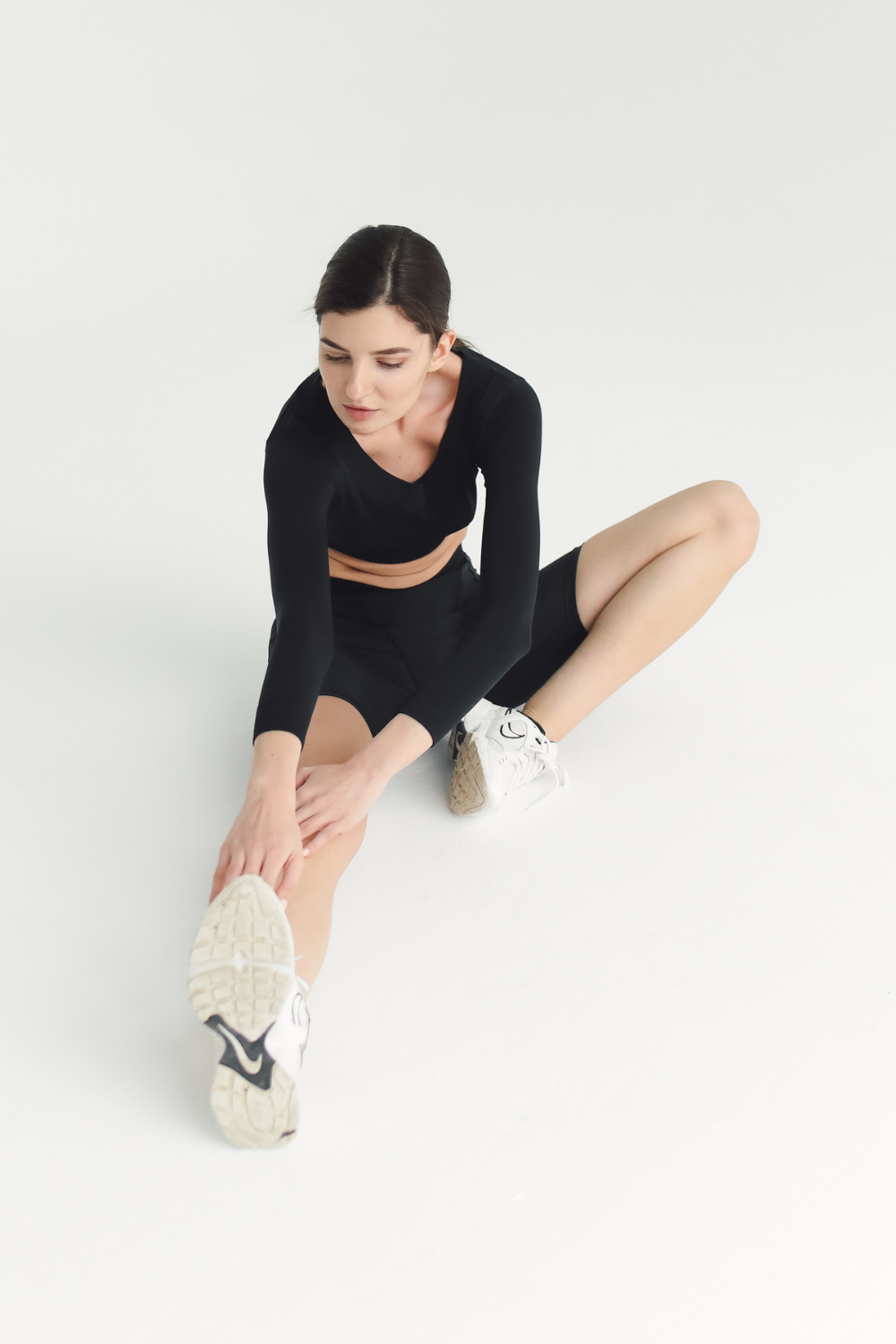
Run ready, not rushed
A warm-up isn’t a chore. It’s a gift to your future self.
It says: I’m here to run strong. I’m not rushing this. I respect my body enough to prepare it.
Every runner deserves to feel good from the first step, not just the last one. And it starts with a few minutes of movement that say: I’m ready.
Want warm-ups built into every run, every week? Join the BeFit Runners membership for personalized plans, expert coaching, and routines that take care of your whole body—before and after the miles.
Let’s train smarter. Let’s run ready.
* Blog Disclosure: Reading our blog does not replace any medical or health consultations with licensed professionals. This blog is created with educational purposes.
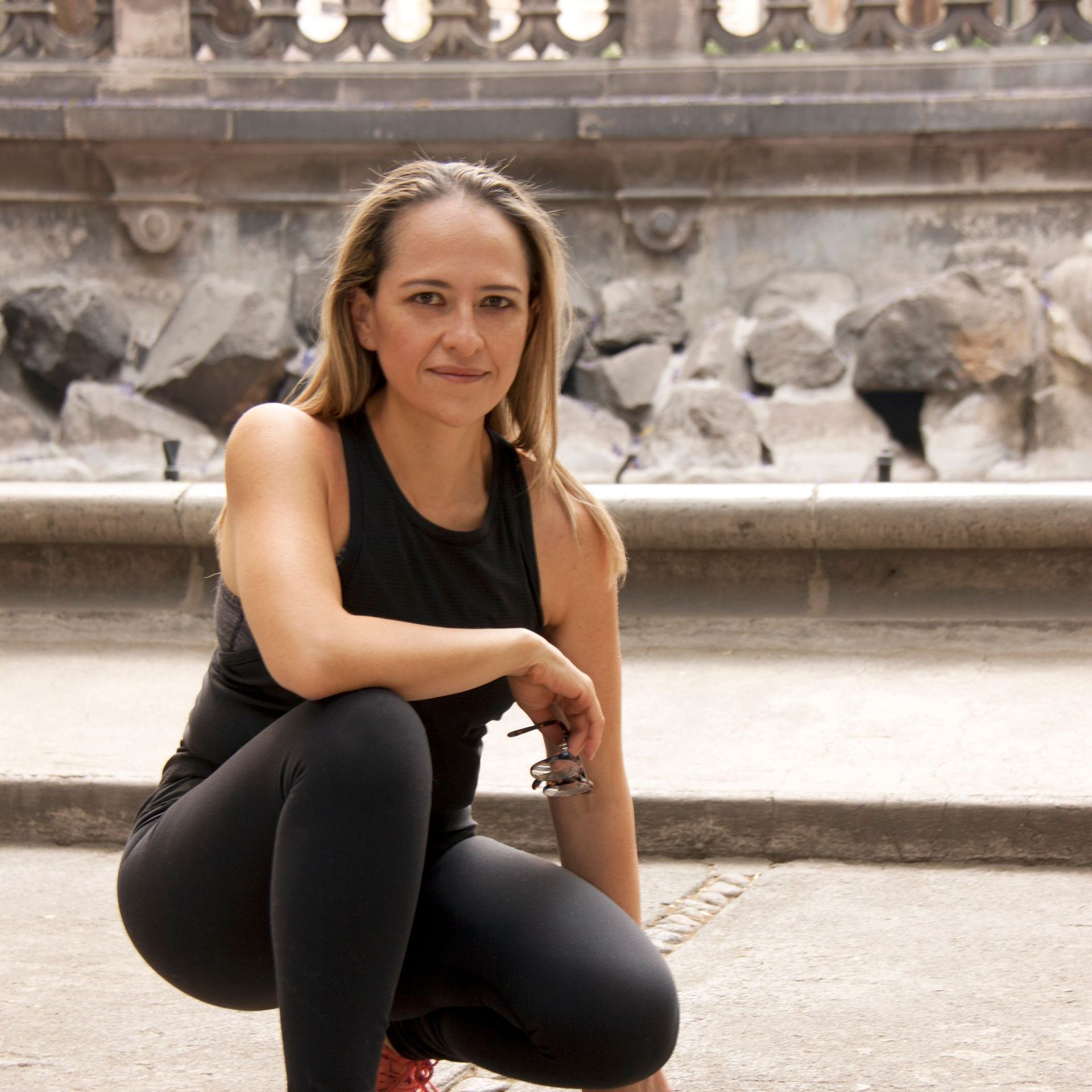
Hola, I'm coach Kari
Many of my athletes come to me because they no longer enjoy running, whether due to injury or simply because they're not improving their performance. I want to help you break out of this vicious cycle and enjoy running again. Through my running coaching, you will improve your techniques and become a stronger runner.
Download your running roadmap to 5k,10k or your first marathons (EN/ES available) 👇

